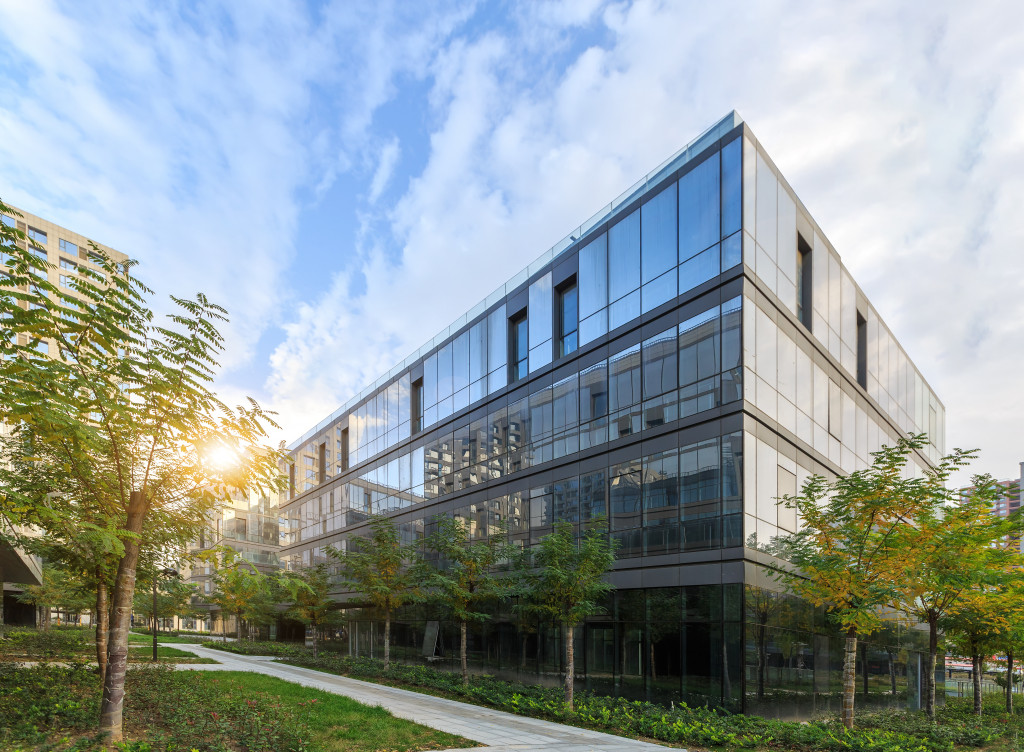Pictures make up for one of the most important parts of a house listing, which is why a lot of sellers hire professional photographers to capture their home in the most attractive way possible.
However, real estate photography is not as broad of a niche as portrait and landscape photography. If you are well-versed in other types of photography but want to expand your services to the real estate industry, here are some things to know when taking impressive real estate photos.
Practice in your own home
Before you can confidently take pictures of actual property for sale, you need to have at least a little bit of practice. Start with your own home. Imagine you’re trying to sell your home and get the best price for it. How can you capture the property in a way that will attract buyers just by looking at the pictures on the listing? Which parts of the home would make the best highlights? What photography techniques can you use to make the home more attractive without inadvertent deception?
Then, picture yourself in the shoes of a potential buyer. What do you look for when browsing a listing? Which parts of the home do you want to see first without actually visiting the property?
You may also try practising in other people’s homes to know what it’s like taking photos in a less familiar space. You get their opinion of your shots afterwards–their feedback will help you figure out what you need to work on before taking your first real estate photography job.
Don’t forget your tripod.
A tripod is a must when shooting houses. Even if you are a pro at taking pictures handheld, having a tripod is a great back-up plan if you need to shoot in poor lighting.
Do a walkthrough of the home.
Before you start shooting, walk through the home at least once or twice to gain ideas on how you want to shoot it. Take note of different vantage points and best angles that you can work with depending on the home's size and the placement of furniture. Doing a pre-shoot walkthrough will also help you determine which rooms need tidying up, making it easier for you to plan your shoot throughout the day.
Turn the lights on or off.
Natural light is the best type of light in almost all kinds of photography, including real estate. But what if the room has no window or lets in a minimal amount of natural light? This is the best time to turn on the lights or use flash. However, if the house lights have different colour temperatures, keep the lights off and use flash instead.
Use wide-angle lens
It is a must for most properties, especially when capturing smaller rooms. A wide-angle lens will allow you to take wide-frame pictures of a room instead of capturing it in multiple separate images that make it difficult for a potential buyer to picture the room in its entirety.
Ask the owner to de-clutter
Most homeowners will have the courtesy to de-clutter the house before you arrive, but they may still leave lots of stuff lying around that don’t belong in the photos. This is mostly true for decorative items that homeowners don’t think to hide.
It is advisable to ask the client to keep rooms as clutter-free as possible and keep the decorations to a minimum. Suggest that they have the home staged, if possible, to make it easier for you to create an attractive space in your photos. If you have to stage the house yourself, make sure you are being compensated for that service.
You may also have to move around some stuff while you shoot, so make sure you ask permission from the homeowner before touching anything.
Be consistent
The key to taking professional-looking real estate photos is to remain consistent with colours and lighting. However, this is often difficult to do during the actual shoot or would otherwise take too much time, so you would have to make photos consistent during post-processing. Nevertheless, it helps save time to take pictures in similar lighting and colour temperature.
Taking real estate photos can be a challenge if it’s something new to you. Nevertheless, it can be a profitable niche and is a great way to expand your photography portfolio. Before you dive into your first real estate photography job, take note of these tips to make the process easy and the results stunning.

